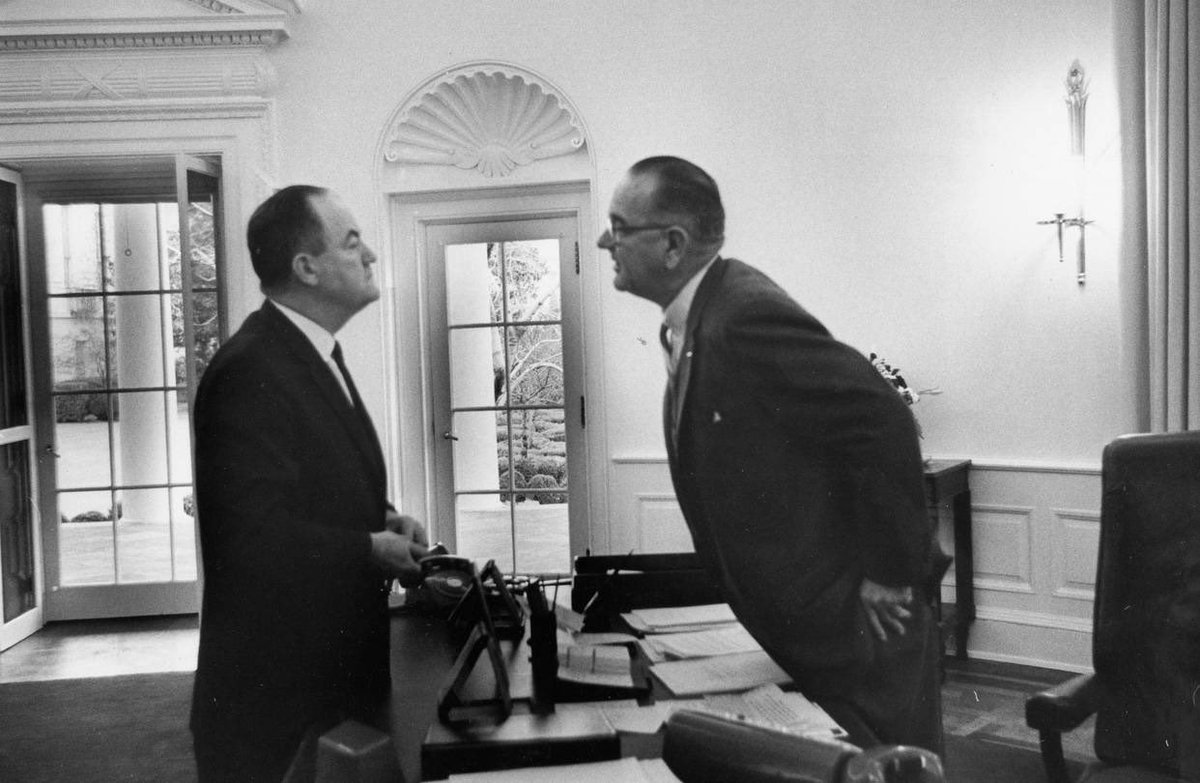
Hey, everyone hyperventilating about #EmptyFolders—
Slow down. Breathe.
Yes, the inventory lists empty folders with “CLASSIFIED” banners or marked "Return to Staff Secretary/Military Aide.”
This almost certainly doesn’t mean what you think.
Here’s a sanity check.
1/6
Slow down. Breathe.
Yes, the inventory lists empty folders with “CLASSIFIED” banners or marked "Return to Staff Secretary/Military Aide.”
This almost certainly doesn’t mean what you think.
Here’s a sanity check.
1/6
Classified documents, and most unclassified docs that are nevertheless sensitive, are usually carried between offices in places like the White House *in folders*.
Why? In large part, to keep prying eyes (or enterprising press photographers) from seeing them during transit.
2/6
Why? In large part, to keep prying eyes (or enterprising press photographers) from seeing them during transit.
2/6
So it is natural that boxes containing hundreds of classified/sensitive documents would also have the very folders that the docs had once been carried in and left in on a principal’s desk.
You need not list which folder each doc was in, if was in a folder at all when found.
3/6
You need not list which folder each doc was in, if was in a folder at all when found.
3/6
But whether the docs were in these folders or not, the agents needed to document that there were in fact folders in there. Those are physical objects, and the agents there did need to account for ALL of the physical objects they’d found.
4/6
4/6
The haphazard intermingling of classified and presumably unclassified papers (and other things) in these boxes suggests that the folders sometimes would be in the same boxes as the documents they once contained, and sometimes not.
5/6
5/6
Is it possible that the presence of empty folders—even if they were empty when found, which isn’t clear—reflects that there are additional documents that have not yet been found?
Possibly, sure. But not necessarily. And, I would argue, more unlikely than likely.
/end
Possibly, sure. But not necessarily. And, I would argue, more unlikely than likely.
/end
• • •
Missing some Tweet in this thread? You can try to
force a refresh











